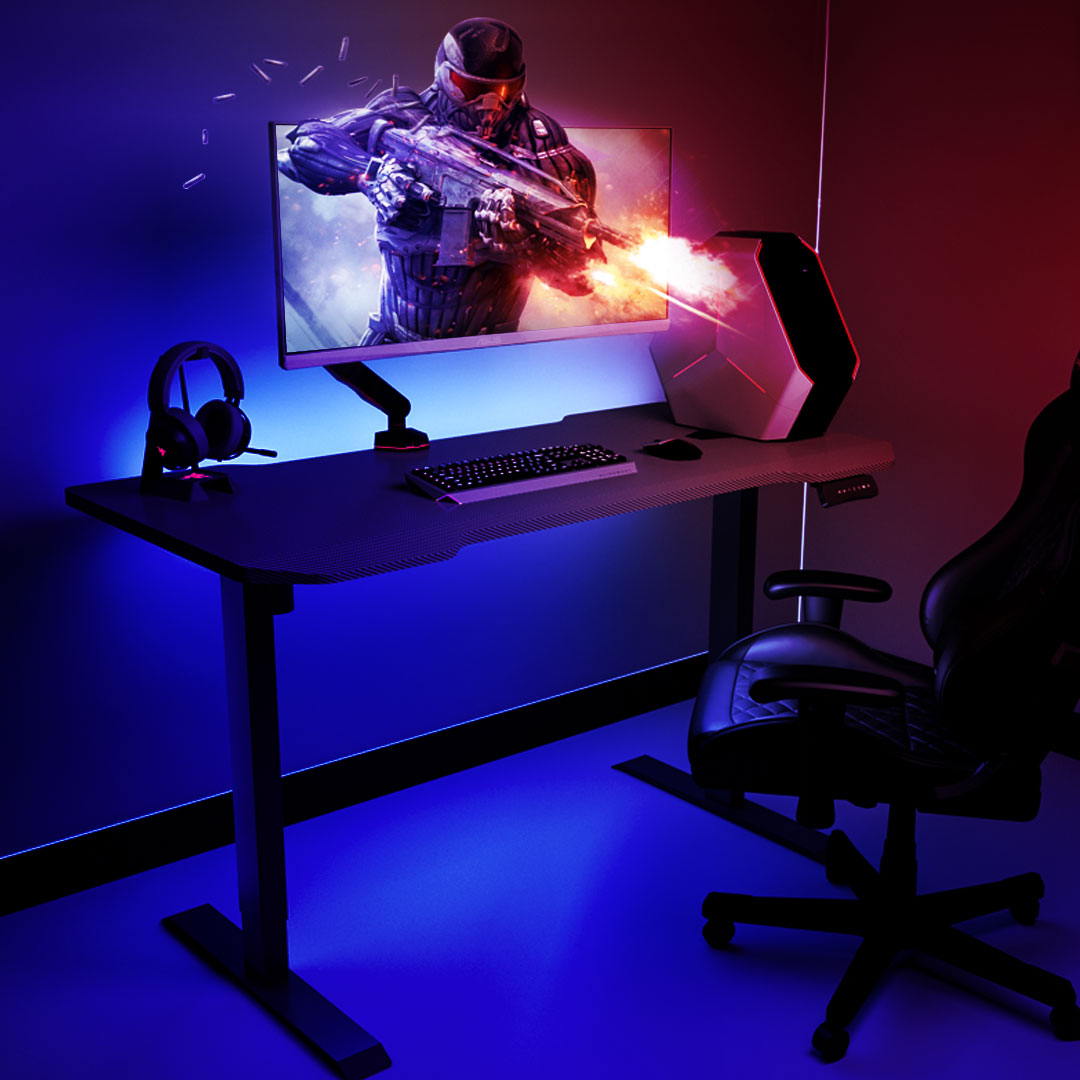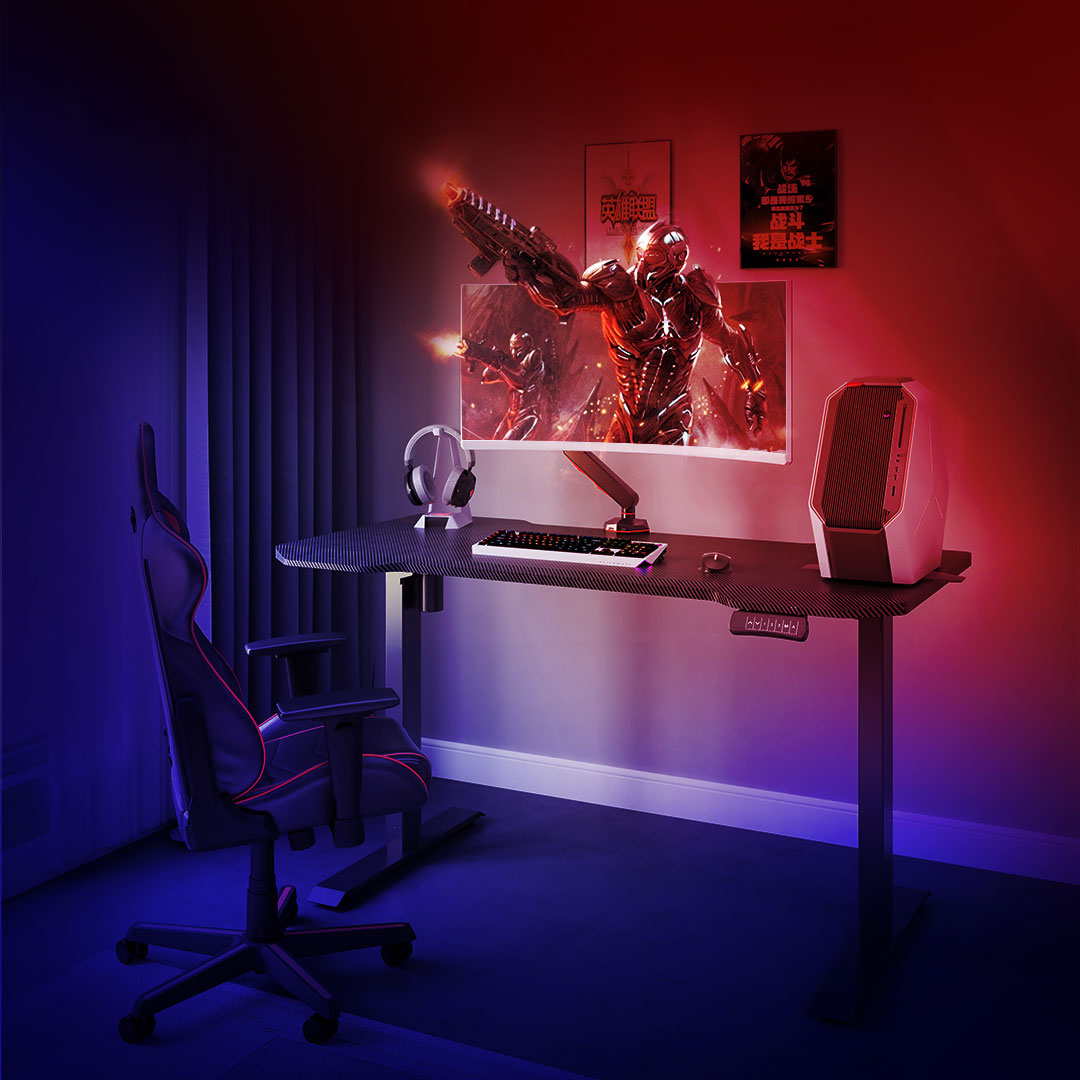
Nevertheless, the potential VR presents for health care providers interested in new modalities of treatment or telecare approaches has led to traction in clinical settings around the world.

Reviews have suggested that this modality of treatment may be at least as good as conventional approaches, yet consensus on the efficacy of this modality has not been reached. Several different “use cases” for this technology exist-but none are currently supported by the weight of scientific evidence. The adoption of VR approaches into frontline services for treating motor impairment is still in its relative infancy. However, there is consensus that the quality of data found in trials for neurorehabilitation is limited studies in this field typically have low sample sizes, and several meta-analyses conclude that the risk of bias is high because of poor reporting 1, 3, 4, 6, 7. For some, this immersion can provide patients with a welcome break from the monotony of therapy and increase exercise output 3, 5.Ĭurrent evidence suggests that VR may be a useful adjunct to conventional care in stroke 1, Parkinson disease 2, 6, and multiple sclerosis 7 and have potential to increase access to personalized rehabilitation in the home setting 4. These strategies are composed of feedback systems that engage the user in on-screen objectives, immersing the user in goal-driven behavior linked to rehabilitation exercises. A purported benefit of VR is how motivational strategies in the form of “gamification” can be incorporated into training paradigms reinforcing adherence to repetitive high-dose functional training 5.

For motor impairment, input devices are used to transpose the participant motor movements-often mirroring functional physiotherapy exercises-into control schemes forming the main method of interaction between the user and the system. Peripheral input devices such as an optical camera, inertial movement units, keyboard, or joystick are used to interact with the system. VR systems for the purpose of rehabilitation include virtual environments presented on a monitor, head-mounted display, or a projection system. This field has grown partly due to technological advances in motion capture and cloud computing, making technologies more accessible for clinicians to test and developers in this field to produce content for. Over the last decade, interest in nonimmersive virtual reality (VR) for rehabilitation has led to the development of low-cost systems capable of providing personalized task practice for the rehabilitation of motor impairment in clinical 1- 3 and home settings 4. Motivations, settings, requirements for the pathology, outcomes, and challenges encountered during this process are reported with the objective of priming clinicians on what to expect when implementing virtual reality in neurorehabilitation. These include an inpatient setting for Parkinson disease, a kiosk model for pediatric neurorehabilitation, and a home-based telerehabilitation model for neurologic patients. The purpose of this article is to provide real-world insights on the adoption of a virtual reality by 3 European clinics in 3 different service delivery models. At present, evidence for the efficacy of this technology is sparse, with some reviews suggesting it is the same or no better than conventional approaches. The technology is almost exclusively applied as an adjunct to traditional approaches and is typically characterized by the use of gamified exergames which feature task-oriented physiotherapy exercises.

Virtual reality systems pose an opportunity for health care providers to augment the dose of task-oriented exercises delivered both in the clinic, and via telerehabilitation models in the home. Virtual reality for the treatment of motor impairment is a burgeoning application of digital technology in neurorehabilitation.


 0 kommentar(er)
0 kommentar(er)
